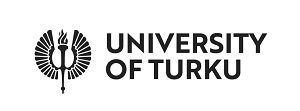Artificial intelligence (AI), which refers to both a research field and a set of technologies, is rapidly growing and has already spread to application areas ranging from policing to healthcare and transport. The increasing AI capabilities bring novel risks and potential harms to individuals and societies, which auditing of AI seeks to address. However, traditional periodic or cyclical auditing is challenged by the learning and adaptive nature of AI systems. Meanwhile, continuous auditing (CA) has been discussed since the 1980s but has not been explicitly connected to auditing of AI. In this paper, we connect the research on auditing of AI and CA to introduce CA of AI (CAAI). We define CAAI as a (nearly) real-time electronic support system for auditors that continuously and automatically audits an AI system to assess its consistency with relevant norms and standards. We adopt a bottom-up approach and investigate the CAAI tools and methods found in the academic and grey literature. The suitability of tools and methods for CA is assessed based on criteria derived from CA definitions. Our study findings indicate that few existing frameworks are directly suitable for CAAI and that many have limited scope within a particular sector or problem area. Hence, further work on CAAI frameworks is needed, and researchers can draw lessons from existing CA frameworks; however, this requires consideration of the scope of CAAI, the human–machine division of labour, and the emerging institutional landscape in AI governance. Our work also lays the foundation for continued research and practical applications within the field of CAAI.
Read the full paper here.
Citation: Minkkinen M., Laine J. & Mäntymäki M. (2022) Continuous Auditing of Artificial Intelligence: a Conceptualization and Assessment of Tools and Frameworks. Digital Society 1, 21.

